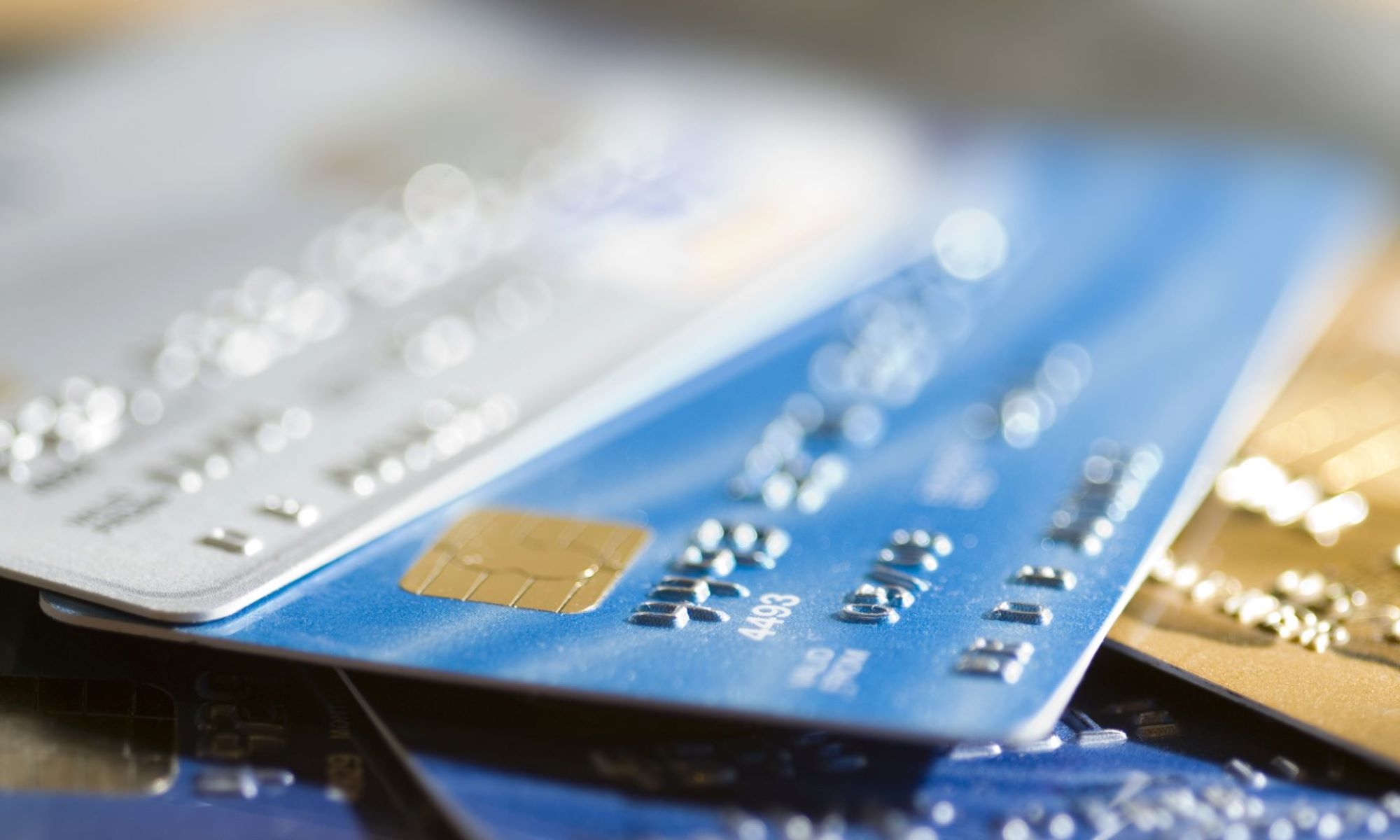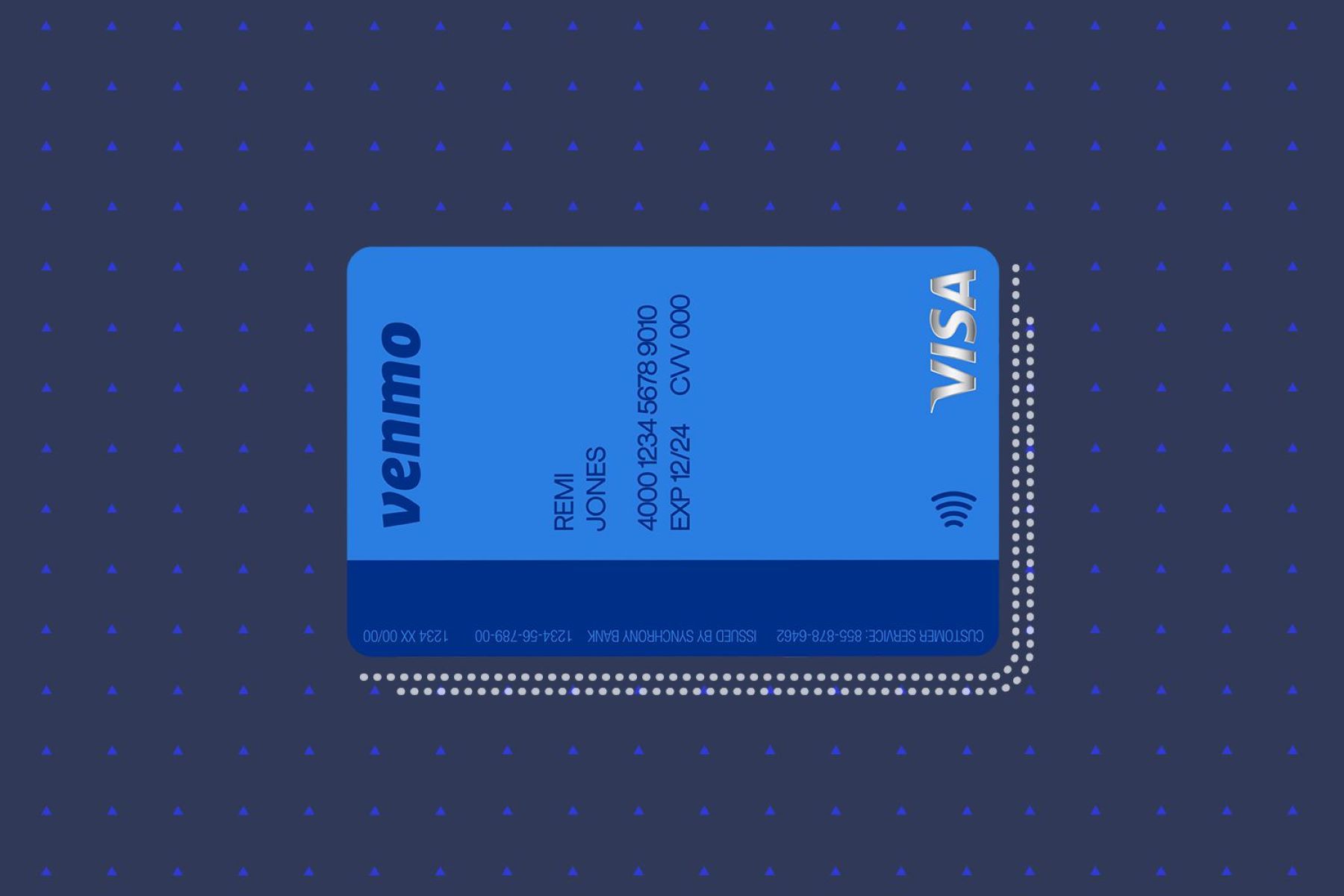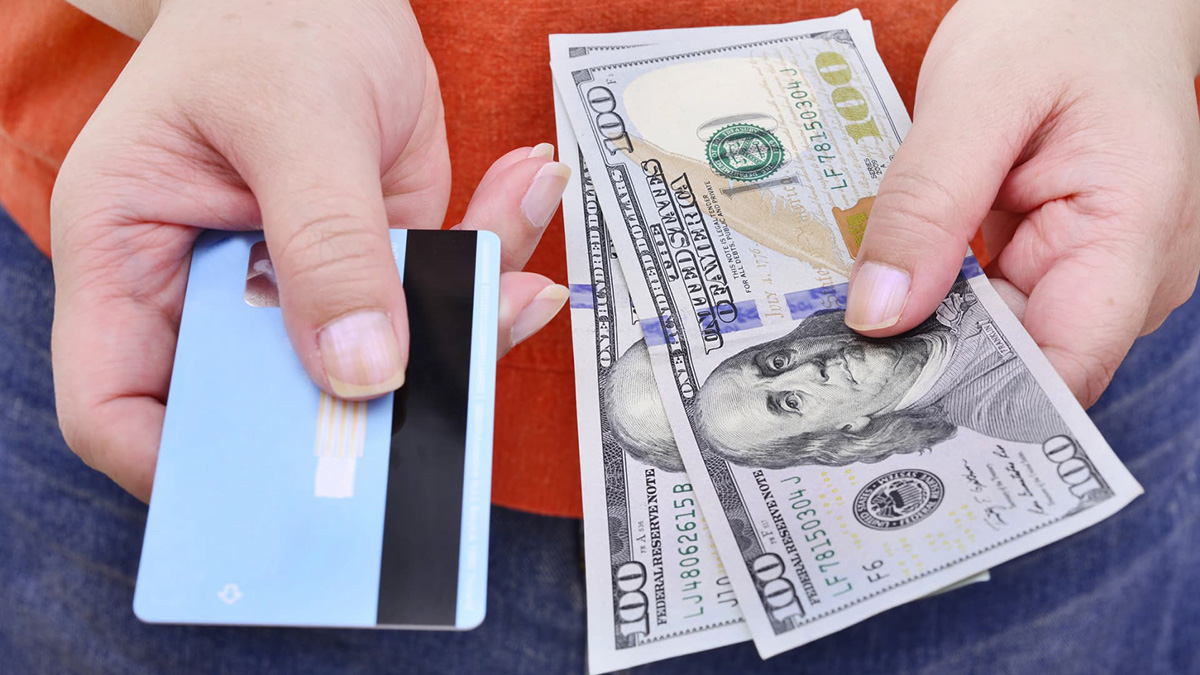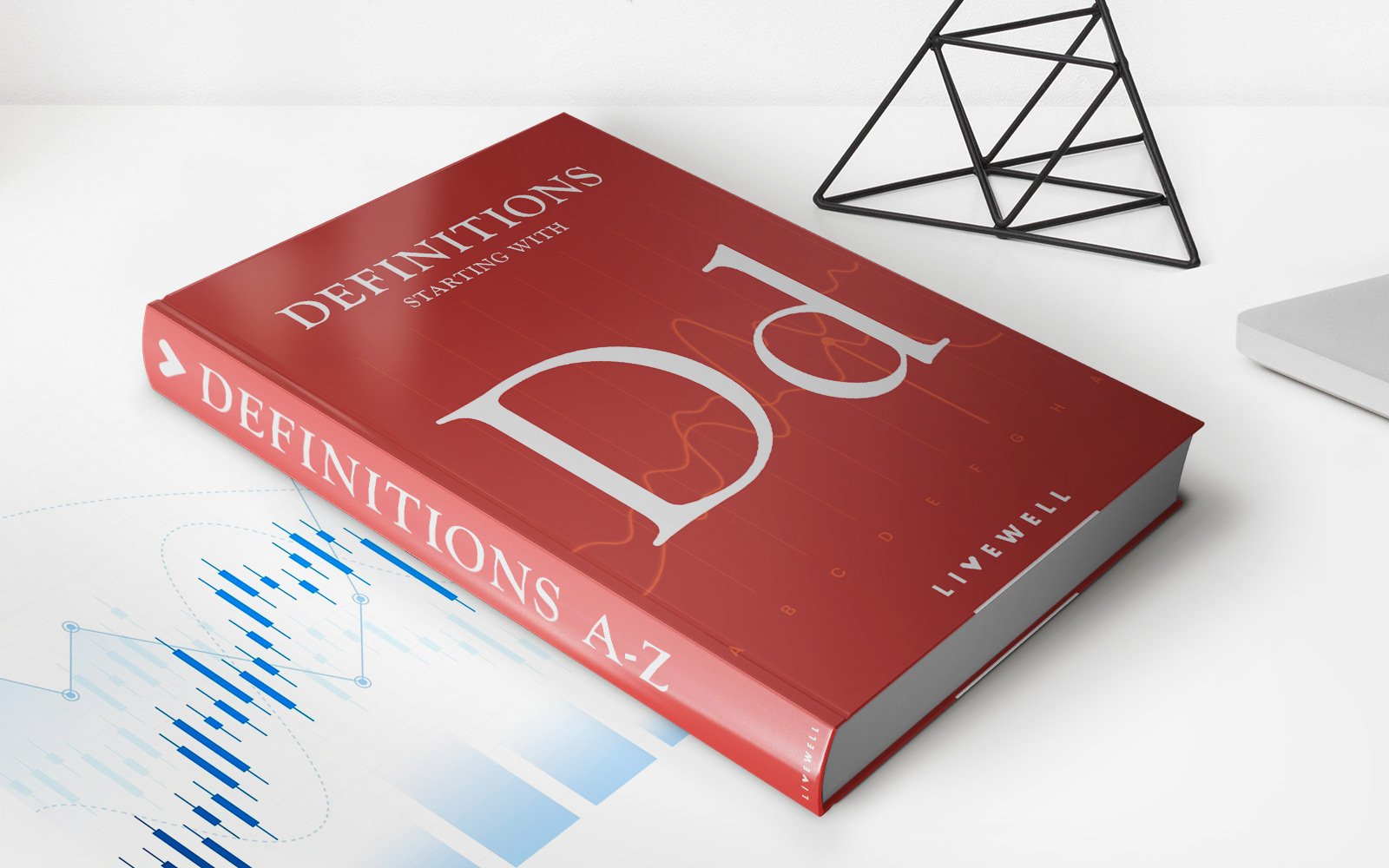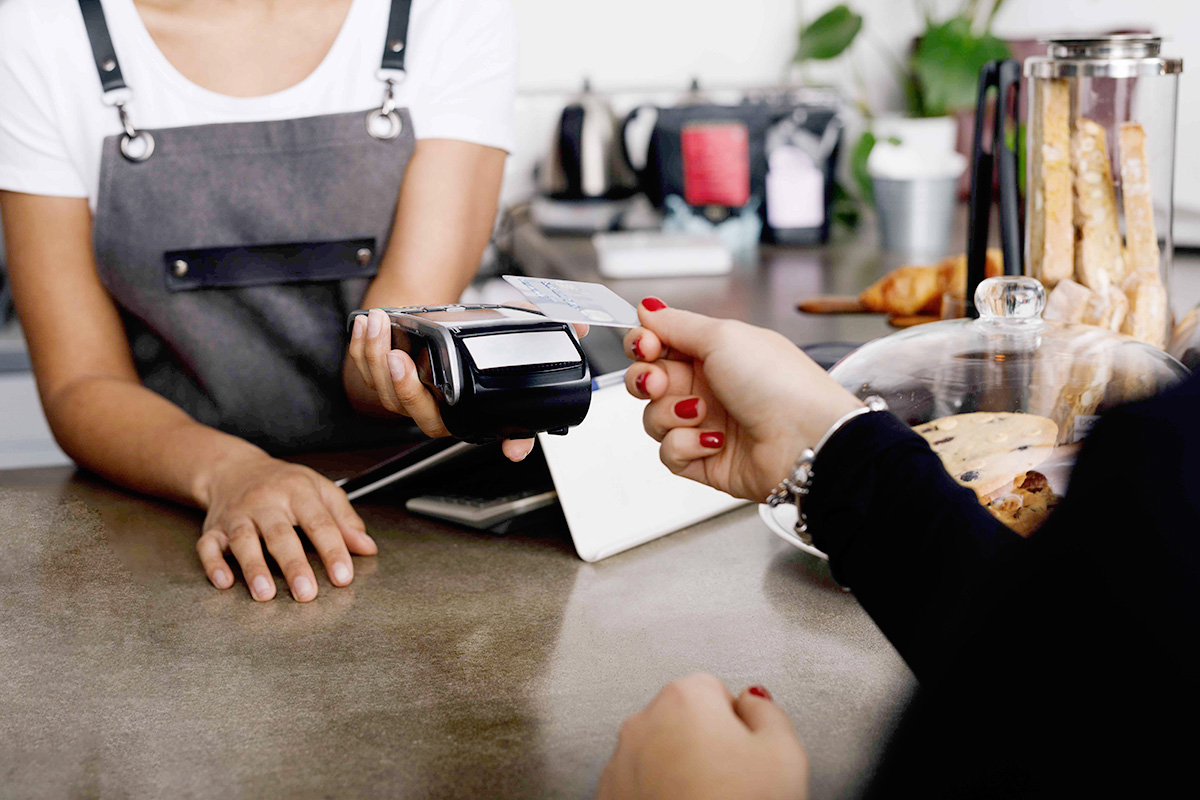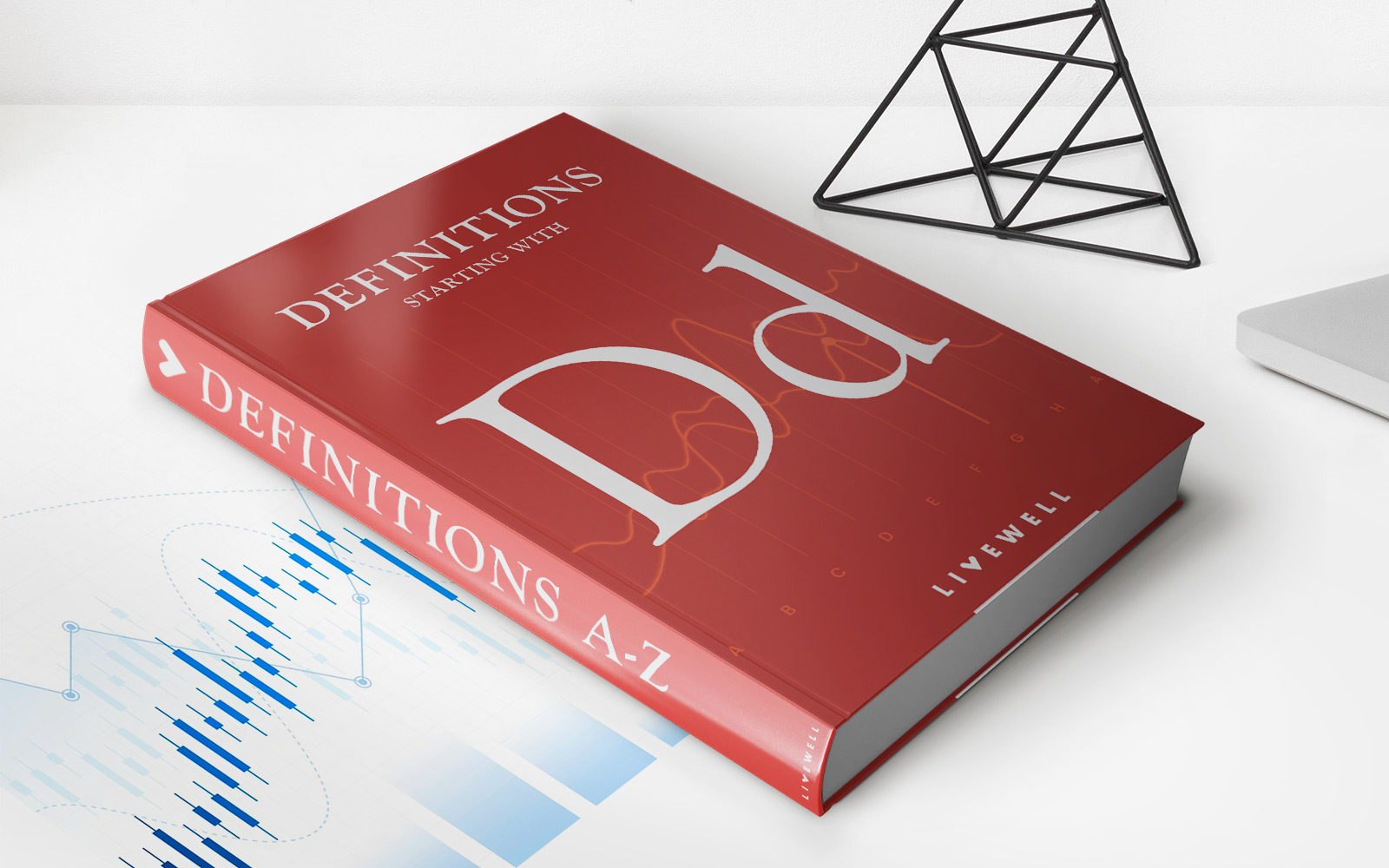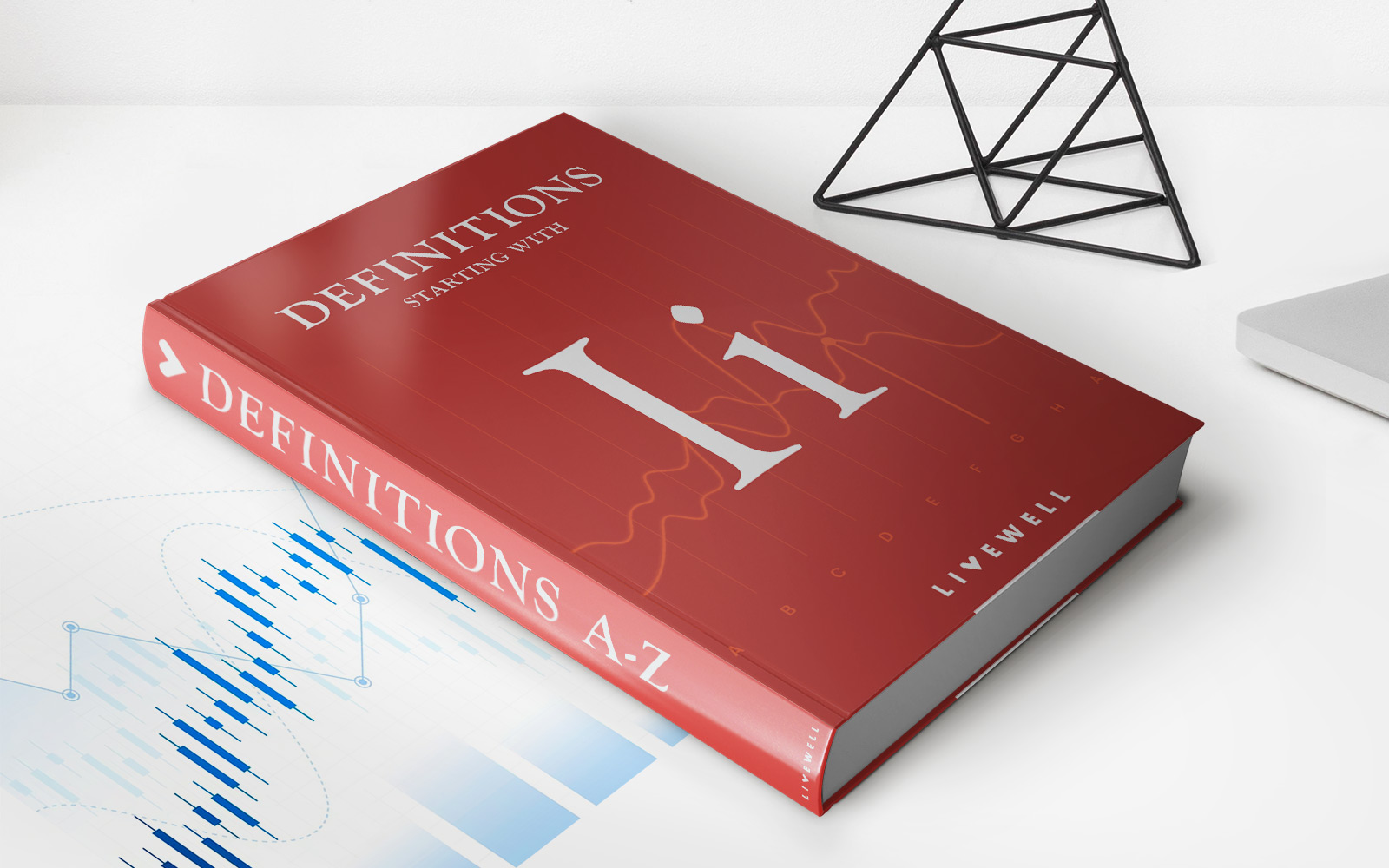

Finance
How To Get Convenience Checks From Credit Card
Modified: February 21, 2024
Learn how to obtain convenience checks from your credit card to manage your finances effectively. Discover the benefits and usage of convenience checks for easy financial transactions.
(Many of the links in this article redirect to a specific reviewed product. Your purchase of these products through affiliate links helps to generate commission for LiveWell, at no extra cost. Learn more)
Table of Contents
- Introduction
- What Are Convenience Checks?
- How to Request Convenience Checks from Your Credit Card Issuer
- Understanding the Terms and Conditions of Convenience Checks
- Using Convenience Checks for Purchases
- Using Convenience Checks for Balance Transfers
- How to Avoid Fees and Interest Charges with Convenience Checks
- Risks and Considerations of Using Convenience Checks
- Alternatives to Convenience Checks
- Conclusion
Introduction
Convenience checks, also known as credit card checks or cash advance checks, are one of the hidden gems offered by credit card issuers. These checks provide cardholders with a convenient way to access their credit line for cash advances or to make purchases. While they may seem like a convenient option, it’s important to understand how to request and use them properly to make the most of this feature.
In this article, we will explore the ins and outs of obtaining convenience checks from your credit card issuer. We’ll delve into the terms and conditions associated with these checks, highlight their potential uses, and discuss important considerations to keep in mind. By the end of this article, you will have a solid understanding of how to navigate this tool and make informed decisions when it comes to leveraging convenience checks.
Before diving into the details, it’s worth noting that convenience checks are not widely promoted by credit card issuers. You may have received them in the mail along with your credit card statement, or you can usually request them through your card issuer’s customer service. While not all credit card issuers offer convenience checks, it’s worth checking with yours to see if they do.
Now, let’s explore the world of convenience checks and discover how they can provide a valuable financial tool for cardholders.
What Are Convenience Checks?
Convenience checks are essentially checks issued by your credit card provider that can be used to access your credit line. They may resemble regular personal checks, but there are some key differences to be aware of. Unlike traditional checks, convenience checks are linked to your credit card account, allowing you to use them to make purchases or obtain cash advances.
These checks can be a convenient alternative when merchants do not accept credit cards or for situations where you prefer to use a check instead of swiping your card. They can also be used for balance transfers, allowing you to transfer high-interest balances from other credit cards onto your account with lower interest rates.
It’s important to note that convenience checks often come with terms and conditions that vary among credit card issuers. Before utilizing convenience checks, it’s crucial to understand these conditions, including any associated fees, interest rates, and repayment terms.
While the convenience of these checks can be appealing, it’s essential to exercise caution when using them. Similar to cash advances, convenience checks typically carry higher interest rates and fees compared to regular credit card transactions. It’s crucial to carefully evaluate the costs and implications of using convenience checks before deciding how and when to use them.
Now that we have an understanding of what convenience checks are, let’s explore how you can request them from your credit card issuer and the steps involved in obtaining them.
How to Request Convenience Checks from Your Credit Card Issuer
If you’re interested in obtaining convenience checks from your credit card issuer, there are a few simple steps you can follow to request them. Here’s a guide on how to do it:
- Contact your card issuer: Start by calling the customer service number on the back of your credit card. Alternatively, you can visit the issuer’s website and send a secure message or find the specific department that handles convenience check requests.
- Provide necessary information: Be prepared to provide your account details, including your credit card number, name, and any other requested information to verify your identity.
- Specify the quantity: Inform the representative of how many convenience checks you would like to request. Keep in mind that there may be limits on the number of checks that can be issued or a minimum check amount.
- Confirm delivery method: Depending on the card issuer, you may have options for how the convenience checks will be delivered. These options commonly include mail delivery or electronic delivery if your issuer offers that option.
- Take note of any associated fees or terms: Ask the customer service representative about any fees or terms associated with the convenience checks. Typical fees may include a percentage of each check’s amount or a flat fee per check.
- Verify delivery details: Before ending the call, ensure that the representative has accurately recorded your address or other delivery information. Double-check for any typos or errors that could result in delivery issues.
It’s important to note that not all credit card issuers offer convenience checks, so your card issuer may not have this option available. Additionally, each issuer has its own policies and procedures, so it’s essential to follow their specific instructions when requesting convenience checks.
Now that you know how to request convenience checks from your credit card issuer, let’s dig deeper into understanding the terms and conditions associated with using these checks.
Understanding the Terms and Conditions of Convenience Checks
Before using convenience checks, it’s crucial to familiarize yourself with the terms and conditions set by your credit card issuer. These conditions outline important details such as fees, interest rates, repayment terms, and limitations. Here are some key factors to consider when it comes to understanding the terms and conditions of convenience checks:
- Interest rates: Convenience checks often come with higher interest rates than regular credit card transactions. It’s important to know the specific interest rate associated with these checks to evaluate the potential cost of using them.
- Fees: There may be fees associated with using convenience checks, such as a percentage of the check amount or a flat fee per check. Make sure to inquire about any applicable fees before deciding to use them.
- Repayment terms: Understand the repayment terms for convenience checks. Some issuers may require minimum monthly payments, while others may give you the option to pay back the full amount in one lump sum.
- Limitations: Your credit card issuer may impose restrictions on the usage of convenience checks. It’s important to be aware of any limitations, such as a maximum amount that can be written on a single check or a cap on the overall amount you can access through convenience checks.
- Expiration dates: Convenience checks typically have an expiration date, after which they cannot be used. Be sure to take note of the expiration date to avoid any inconvenience.
- Forging checks: It goes without saying, but it’s essential to remember that forging convenience checks is illegal. Only use checks provided by your credit card issuer, and never create or alter them yourself.
By understanding the terms and conditions associated with convenience checks, you can make informed decisions regarding their usage and avoid any unexpected costs or penalties.
Now that we have covered the terms and conditions, let’s explore the different ways you can utilize convenience checks – whether it’s for purchases or balance transfers.
Using Convenience Checks for Purchases
One of the primary ways to utilize convenience checks is by using them for purchases. These checks can be a valuable tool when merchants do not accept credit cards or when you prefer the convenience of paying with a check. Here’s a closer look at how to use convenience checks for purchases:
- Merchant acceptance: Before using a convenience check for a purchase, ensure that the merchant accepts personal checks. Most businesses accept checks, but it’s always a good idea to inquire beforehand.
- Fill out the check: Write the convenience check as you would with a regular personal check. Fill in the date, recipient’s name, and the amount of the purchase. Be sure to write legibly and use a pen to ensure the check is valid.
- Keep records: Always keep a record of the convenience check and store it with your other financial records. This will help with tracking expenses and maintaining a clear record of transactions.
- Budget and track expenses: As with any financial transaction, it’s important to keep track of your expenses and budget accordingly. Using convenience checks can make it easier to monitor your spending and allocate funds appropriately.
- Reconcile statements: When your credit card statement arrives, make sure to reconcile it with your records and verify that the convenience check transactions are accurately recorded. This step will help identify any errors or discrepancies.
While using convenience checks for purchases can be convenient, it’s essential to be mindful of the associated fees, interest rates, and repayment terms. As mentioned earlier, these checks may come with higher interest rates and fees compared to regular credit card transactions. It’s crucial to evaluate the costs and determine if using convenience checks for purchases aligns with your financial goals.
Now that we’ve explored using convenience checks for purchases, let’s delve into another way you can leverage these checks – through balance transfers.
Using Convenience Checks for Balance Transfers
In addition to using convenience checks for purchases, another way to leverage them is by utilizing them for balance transfers. This can be a smart strategy to consolidate high-interest credit card debt onto a card with a lower interest rate. Here’s how you can use convenience checks for balance transfers:
- Identify high-interest balances: Begin by identifying the credit card balances that have high-interest rates. These are the accounts that you can potentially transfer using convenience checks.
- Read the terms and conditions: Review the terms and conditions associated with the balance transfer feature of your credit card. Take note of any fees, interest rates, and promotional periods that may apply.
- Write the check: Fill out the convenience check to pay off the high-interest balance. Make sure to include the account details and the exact amount you wish to transfer.
- Submit the check: Send the convenience check to the credit card issuer of the account you wish to pay off. Follow any specific instructions provided by your credit card issuer for balance transfers.
- Verify the transfer: Once the balance transfer is complete, confirm that the funds were applied to the correct account. Keep track of the transaction and follow up if any discrepancies arise.
Using convenience checks for balance transfers can be an effective way to save on interest payments and work towards paying off your debt more efficiently. However, be mindful of any fees associated with balance transfers and make sure to adhere to the repayment terms outlined by your credit card issuer.
Remember, it’s important to handle convenience checks with the same level of caution as you would with your credit card. Keep them secure and only use them for legitimate purposes to avoid any unauthorized usage.
Now that we’ve covered using convenience checks for balance transfers, let’s explore some strategies to avoid fees and interest charges that may be associated with convenience checks.
How to Avoid Fees and Interest Charges with Convenience Checks
While convenience checks can offer a convenient way to access your credit line, it’s important to be mindful of the potential fees and interest charges that may come with them. Here are some strategies to help you avoid unnecessary costs:
- Pay off the balance quickly: If you choose to use a convenience check, aim to pay off the balance as soon as possible. Paying off the entire amount before the statement due date will help you avoid interest charges.
- Understand promotional rates: Some credit card issuers offer promotional rates for balance transfers made using convenience checks. Take advantage of these lower interest rates, but be sure to understand when the promotional period ends and what the new rate will be.
- Check for fee waivers: Certain credit card issuers may offer fee waivers for convenience checks, especially if you have a good payment history or a premium credit card. Contact your issuer to inquire about any fee waivers that may be available to you.
- Monitor your credit utilization: Be mindful of your credit utilization ratio, which is the percentage of your available credit that you are using. Utilizing a significant portion of your credit line with convenience checks can affect your credit score. Aim to keep your credit utilization below 30% to maintain a healthy credit profile.
- Evaluate alternatives: Before using a convenience check, consider other alternatives such as using your credit card directly or utilizing other financing options that may offer lower fees or interest rates.
By being proactive and implementing these strategies, you can minimize fees and interest charges associated with convenience checks, allowing you to make the most of this financial tool without incurring unnecessary costs.
Now that we’ve explored how to avoid fees and interest charges, it’s important to discuss some risks and considerations to keep in mind when using convenience checks.
Risks and Considerations of Using Convenience Checks
While convenience checks can offer flexibility and convenience, it’s essential to be aware of the risks and considerations associated with their usage. Here are some key factors to keep in mind:
- Higher interest rates: Convenience checks often come with higher interest rates compared to regular credit card transactions. Be prepared for potentially higher costs if you choose to use these checks.
- Fees: Convenience checks may be subject to fees, such as a percentage of the check amount or a flat fee per check. Understand the fee structure and evaluate whether the benefits of using the checks outweigh the associated costs.
- Impact on credit score: Using convenience checks can impact your credit score. These checks could increase your credit utilization ratio and potentially lower your credit score, especially if you utilize a significant portion of your credit line.
- Missed payments: Failure to make payments on time can result in late fees and damage your credit history. Ensure that you make at least the minimum payment on any convenience checks used to avoid such consequences.
- Security risks: Convenience checks can be lost or stolen, just like regular checks. Take precautions to keep them secure and shred any unused checks that you decide not to use.
- Limited acceptance: Not all merchants accept convenience checks. Before relying on them for purchases, ensure that the merchants you want to transact with accept this form of payment.
It’s crucial to carefully weigh the benefits and risks associated with using convenience checks. While they can provide short-term financial flexibility, it’s essential to use them responsibly and consider alternative options if they do not align with your long-term financial goals.
Now that we’ve explored the risks and considerations, let’s discuss some alternative options to convenience checks that you can consider.
Alternatives to Convenience Checks
While convenience checks can be a useful financial tool, they are not the only option available to access funds or make purchases. Here are some alternative options to consider:
- Debit cards: If the primary reason for using convenience checks is to make purchases, consider using a debit card instead. Debit cards allow you to make purchases directly from your checking account, providing a convenient and secure payment method without incurring interest charges.
- Credit card payments: If you need to make a payment or purchase that cannot be made with a credit card, consider using your credit card directly instead of convenience checks. Familiarize yourself with the terms and conditions of your credit card, such as interest rates, rewards, and any applicable fees.
- Online payment platforms: Explore digital payment platforms, such as PayPal or Venmo, which offer secure and convenient payment options for online purchases or person-to-person transactions.
- Personal loans: If you need to access funds for a specific purpose, consider applying for a personal loan. Personal loans often come with lower interest rates compared to convenience checks, especially if you have a good credit history.
- Balance transfers: Instead of using convenience checks for balance transfers, you can explore other options such as transferring balances online within your credit card issuer’s platform or through promotional offers that may be available to you.
By considering these alternatives, you can find the method that aligns best with your financial needs and goals, helping you make the most informed and cost-effective decisions.
Now that we have explored alternative options to convenience checks, let’s wrap up our discussion.
Conclusion
Convenience checks can be a valuable tool for accessing your credit line and making purchases or balance transfers. However, it’s important to approach their usage with caution and a clear understanding of the associated terms and conditions. By following the steps to request convenience checks properly, familiarizing yourself with the fees and interest rates, and considering alternatives, you can make informed decisions to make the most of this financial tool.
Remember to evaluate the costs and benefits of using convenience checks, understand the potential impact on your credit score, and be proactive in managing your payments and expenses. Using convenience checks responsibly can provide convenience and flexibility while minimizing unnecessary fees and interest charges.
Additionally, keep in mind that convenience checks are just one option among many for accessing funds or making purchases. Consider alternative payment methods, such as debit cards, credit card payments, online payment platforms, and personal loans, to choose the option that best suits your financial needs and goals.
Ultimately, by being informed, proactive, and responsible, you can utilize convenience checks effectively and confidently navigate the world of credit card finance. Remember to always prioritize your financial well-being and make choices that align with your long-term financial goals.
Now that you are equipped with knowledge about convenience checks and their usage, you can make informed decisions and confidently manage your financial transactions.






